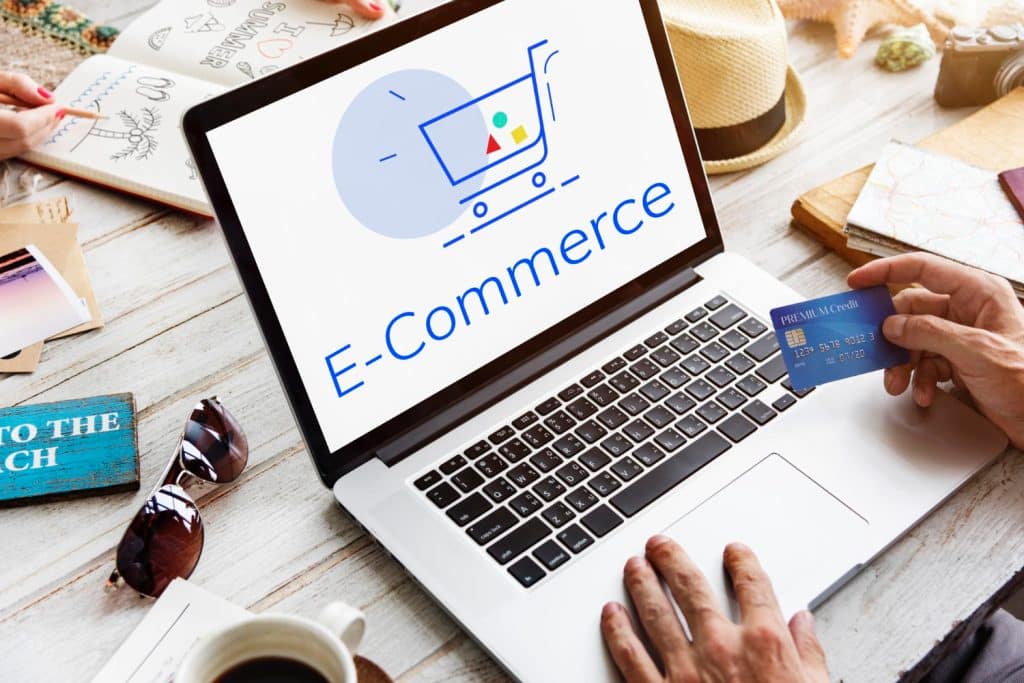Why Ecommerce Brands Must Rethink Marketing in 2025

Is Your Ecommerce Marketing Strategy Built for 2025?
Ecommerce has evolved dramatically over the last few years, and 2025 is no exception. What worked in 2023 or even 2024 may no longer drive results. Consumer behaviors, digital platforms, and marketing technology are shifting rapidly, forcing brands to rethink their approach.
The reality is that standing out in ecommerce today requires more than just paid ads and a great product. It demands a smarter, more adaptive marketing strategy that aligns with how customers discover, engage with, and buy from brands. Here’s why ecommerce brands must evolve their marketing playbook in 2025—and how to stay ahead.
1. Consumer Expectations Are Higher Than Ever
Shoppers now expect personalized, seamless experiences at every touchpoint. Generic product promotions and mass email blasts won’t cut it anymore. In 2025, ecommerce brands must focus on hyper-personalization, AI-driven recommendations, and seamless customer journeys.
What This Means for Brands:
- AI-Powered Personalization: Using machine learning to deliver tailored content, product recommendations, and dynamic pricing.
- Omnichannel Shopping Experiences: Integrating website, mobile, social, and even offline touchpoints for a seamless buying journey.
- Frictionless Checkouts: One-click payments, digital wallets, and flexible financing options are now the norm.
2. The Death of Third-Party Cookies Changes Everything
With Google phasing out third-party cookies in 2025, brands can no longer rely on traditional ad retargeting to bring customers back to their site. This forces ecommerce businesses to build stronger direct relationships with their audience.
How Brands Can Adapt:
- First-Party Data Collection: Encouraging customers to create accounts, sign up for SMS updates, and engage through loyalty programs.
- Zero-Party Data Strategy: Gathering information directly from customers through quizzes, surveys, and interactive content.
- Contextual Advertising: Moving towards interest-based and content-driven ad placements instead of behavioral tracking.
Brands that fail to pivot risk losing visibility, while those that invest in first-party data will gain a significant advantage.
3. AI Is Redefining Content Marketing
AI-generated content is no longer a futuristic idea—it’s a mainstream tool. However, in 2025, consumers are becoming more discerning, meaning brands must balance AI automation with human creativity.
Winning Content Strategies in 2025:
- Human-AI Collaboration: Using AI for content ideation and data-driven insights while keeping storytelling authentic.
- Short-Form and Interactive Content: Leveraging TikTok-style videos, interactive polls, and real-time Q&A sessions.
- SEO in the Age of AI: Optimizing content for AI-powered search engines that prioritize conversational and intent-driven queries.
Content marketing is no longer just about blog posts—it’s about creating experiences that captivate and convert audiences.
4. Social Commerce Is Dominating Sales Channels
Social media is no longer just a marketing tool—it’s a full-fledged sales channel. Platforms like TikTok Shop, Instagram Checkout, and YouTube Shopping are reshaping ecommerce by allowing consumers to buy products without ever leaving the app.
How to Stay Competitive:
- Invest in Social-First Shopping Experiences: Create engaging video demos, influencer collaborations, and live shopping events.
- Leverage User-Generated Content (UGC): Encourage customers to share their experiences to build trust and drive conversions.
- Optimize for Discoverability: Use social platform algorithms to surface products through trending content and keyword-rich captions.
Ecommerce brands that fail to integrate social commerce into their marketing strategy will struggle to keep up with shifting consumer habits.
5. The Role of Experts in Navigating 2025’s Ecommerce Landscape
With so many changes happening at once, staying ahead requires insights from those at the forefront of ecommerce marketing. Learning from industry experts can help brands avoid costly mistakes and implement cutting-edge strategies.
A valuable resource for staying up to date is speaking to the Ecommerce Marketing Institute, which provides expert insights, data-driven strategies, and training for brands looking to dominate in 2025. Leveraging expert knowledge can make the difference between struggling to keep up and leading the industry.
6. Sustainability and Ethical Marketing Are Non-Negotiable
Consumers in 2025 are more conscious than ever about where and how they spend their money. Brands that embrace transparency, ethical sourcing, and sustainability are gaining stronger customer loyalty.
How to Align Your Brand with Consumer Values:
- Highlight Sustainable Practices: Showcase eco-friendly packaging, carbon-neutral shipping, and responsible sourcing.
- Prioritize Ethical Advertising: Be transparent about pricing, product quality, and business practices.
- Engage in Cause Marketing: Partner with initiatives that align with your audience’s values.
Greenwashing won’t cut it—consumers demand authenticity, and brands that don’t deliver risk losing trust.
Final Thoughts: Ecommerce Marketing Must Evolve in 2025
Marketing in 2025 is not about following outdated playbooks—it’s about adapting to consumer behavior shifts, new technologies, and data privacy changes. Brands that rethink their strategies now will be well-positioned for growth, while those that resist change may struggle to keep up.
By embracing these changes, ecommerce brands can stay ahead of the competition and thrive in an increasingly dynamic marketplace.




